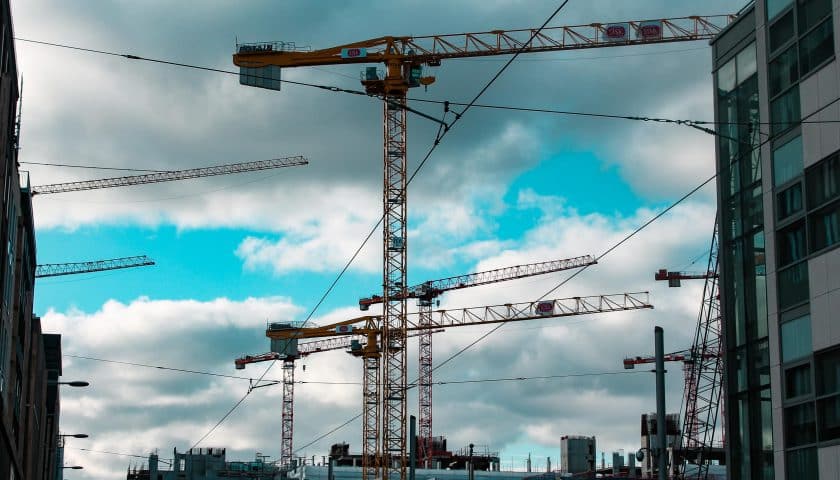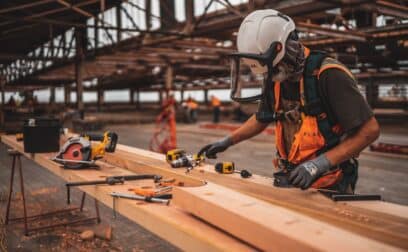Coming out from an extraordinary year for the construction sector, business conditions and confidence have improved at the beginning of 2021. Swoop’s latest sector insight series shone a light on the current and future business trends within the built environment sector.
Stephen Mullan, Swoop’s Partnership Manager led the panel discussion joined by Shane Garrett from Master Builders’ Australia, Annie Slattery from Con X, Mathew Royal from Development Finance Partners and Gearoid Considine from Brightside Consultants. The panel discussion focused on how to develop and finance construction businesses in the new normal while highlighting the construction industry trends that will impact the coming year.
Australia’s success at suppressing the virus has boosted economic activity as restrictions have eased. Private sector business investment surged 3.0 per cent in the December quarter with spending on plant, equipment and machinery up 5.7 per cent[ESA1] , thanks in-part to generous government tax incentives and record low borrowing costs.
Shifting landscape
Shane Garrett, Chief Economist at Master Builders’ Australia, credits the Home Builder’s Grant as the main force unleashing the demand of construction services in the standalone housing sector. 2021 has seen the number of people working in the sector go back to pre-pandemic numbers. This will certainly help overcome the speed bump caused by the JobKeeper scheme coming to end last month.
But challenges remain. In another COVID-19 survey from the Bureau of Statistics (ABS) released recently, 41 per cent of respondents said that border restrictions, capacity constraints and on-going cleaning requirements were still significantly impacting Aussie businesses. Aside from the successful roll-out of vaccines, state and territory government policies still remain a risk to business operating conditions and supply chains.
According to Shane, the demand for high density housing has been impacted due to the travel restrictions causing a drop in inward migration. Commercial real estate has also seen a downward demand owing to the tightening of corporate budgets and an increase in working from home trends. Moving ahead in 2021, demand for non-residential real estate will largely be driven by growth and changes in the public sector such as education and healthcare. There is also a developing trend of regrowth in regional areas as people relocate. It will be an interesting area to watch for the construction sector.
Tech and financing trends post COVID-19
Annie Slattery, CEO and Founder of ConX believes there will also be a shift in the sector’s readiness to adopt newer technologies in 2021. “COVID-19 gave people breathing room to step back and take stock and look at adopting new technologies to streamline their business operations.”
On the financing front, Mathew Royal of Development Finance Partners thinks the markets are awash with liquidity making the market conditions stronger than ever. There is an increase in investors looking for sound mortgage-backed security construction loans or asset loans. Non-bank lenders competing with risk have become more and more flexible on terms for lending. This has improved the speed to market for construction projects.
To summarize, we expect construction sector to remain a busy area of activity in 2021 and beyond. It will certainly be interesting to see how the business owners navigate the recovering economy and set themselves up for growth. If you’re interested in seeking funding to help finance your construction business, Swoop’s team of experts can help you secure the ideal commercial loans for your business. Simply sign-in or register an account for free, to get started. You can also catch Swoop’s latest episode of the sector insight series here and watch industry experts dissect the latest business and finance trends for the construction sector.








 yet? Register here!
yet? Register here!